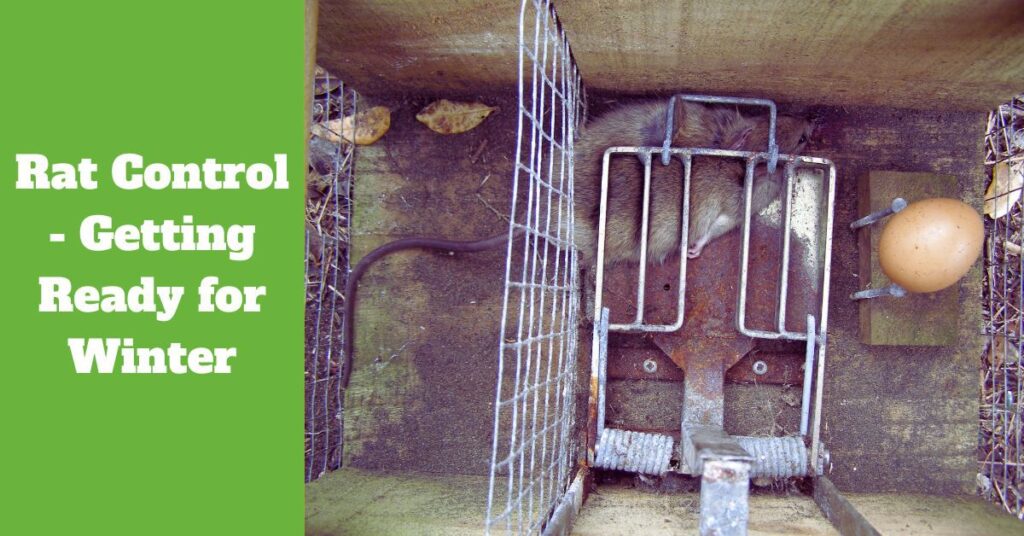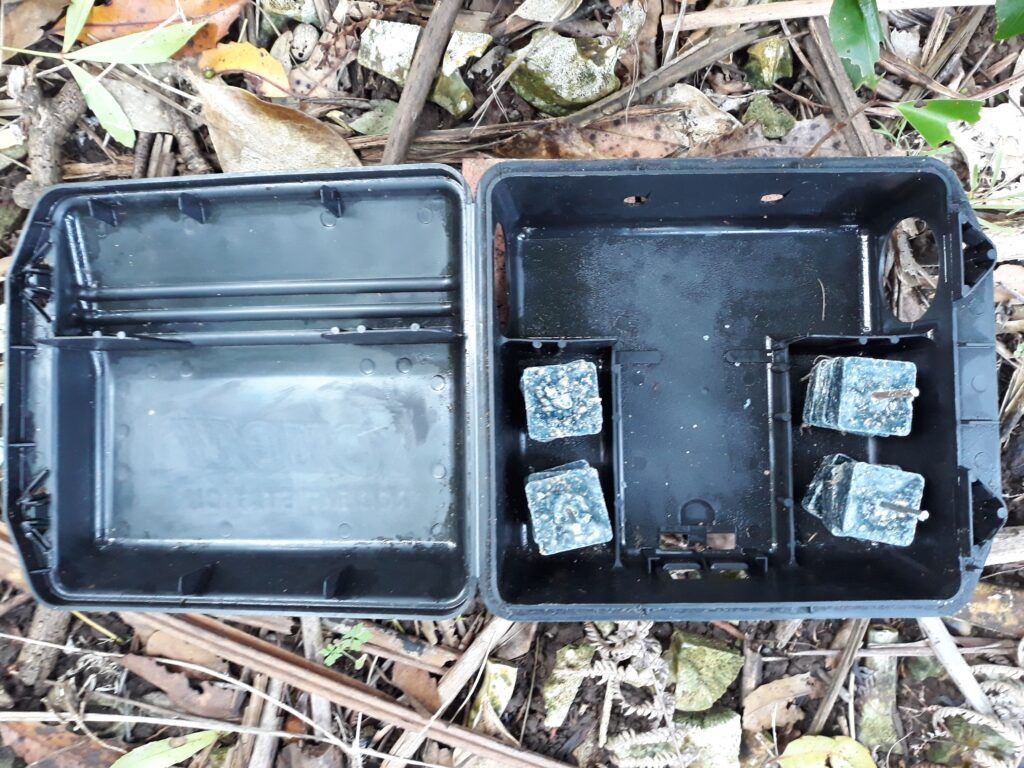
Rat Control – Getting Ready for Winter
As the cooler weather arrives it can lead to rats looking for a warm place to live.
Rats can make their homes in many different habitats on the farm, property, city or countryside. Rats thrive where there is a source of food, water and shelter and are major pests in both urban and rural areas. Rats can impact on native flora and fauna, spread disease, damage crops and buildings and contaminate foodstuffs.
Kiore was the first rat to arrive in NZ, brought by the first Polynesian settlers. The larger Norway rat followed, which escaped from Cook’s Endeavour in 1769, and these were soon followed by ship rat in the early 1800’s.
Ship rat is now the most widespread of the three rat species, out-competing the others. Kiore is only present now on some offshore islands. Norway rat is a good swimmer and usually associated with lakes, rivers, streams, wharves, sewers, and industrial sites.
All three species are mainly nocturnal and have significant impacts on native flora and fauna, in particular native birds, lizards, frogs and invertebrates. They also eat large quantities of native seeds, which have serious implications for native regeneration in natural areas.
Learn more the three Species and how to identify them HERE


There are a variety of techniques used for controlling rats. These include snap traps, DOC traps, Goodnature traps, cage and trip traps, rat bait, habitat destruction and predators such as cats and dogs.
The most effective control methods usually include a combination of some of these techniques as some rats have learned to avoid traps and others have developed resistance to rat bait. Some simple ways of reducing rats include removing wood piles, keeping grass cut low, making sure food is stored in safe containers and filling interior and exterior holes in buildings to prevent rats in the walls.
Rat bait or rodenticides have been the most common control method in reducing rat populations. Baits include Talon, Storm, Pestoff, Racumen, Contrac, Feracol, Pindone and Ditrac. Changing baits from time to time helps to avoid bait shyness and pesticide resistance. Bait stations should be used when baiting in areas where there are children and dogs, and baits must be secured to avoid them being carried away and posing a risk if dropped.

Using tracking tunnels can monitor rat populations and control success. If you want to protect birds rat control in early spring will help to reduce rat numbers before the birds start nesting. Research has shown that 80% of bird predation can be put down to ship rats and that there is a clear link between rat numbers and breeding success.


Greg does pest animal and pest plant control on his property in Swanson. He is also as a volunteer helping to protect NZ dotterels at Bethells Beach.

Hi there
Do you sell / give away rodent bait station?
I am going to need 2-3 of them for around my house in Massey.
thanks
Regards Nev
Hi Nevit,
Sorry no we don’t give out Bait Stations. Check with your local massey group here:
https://predatorfreenz.org/get-involved/find-a-group/
Thanks…Gary